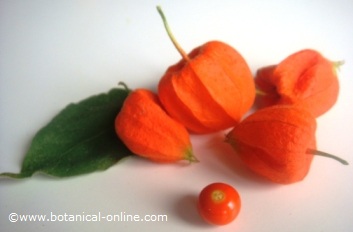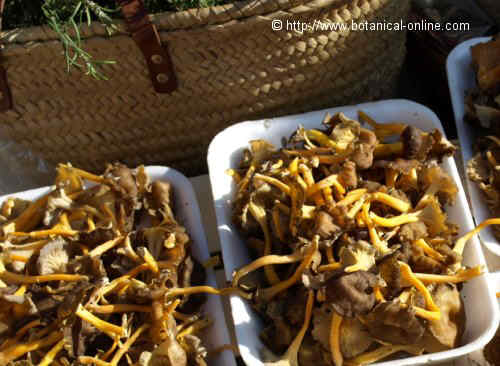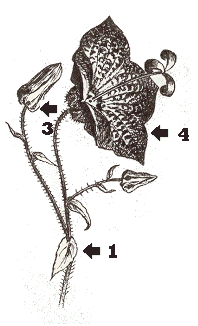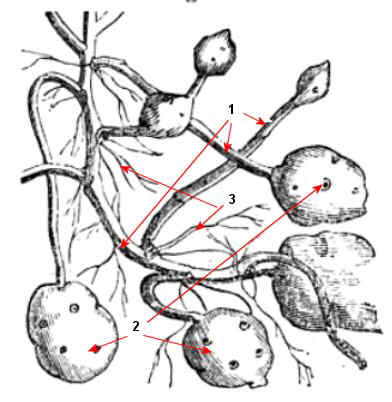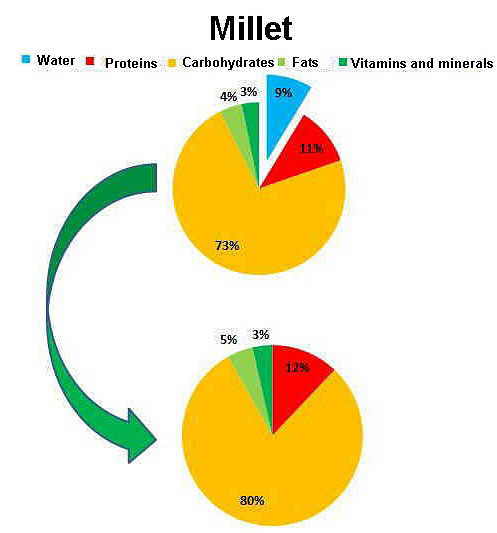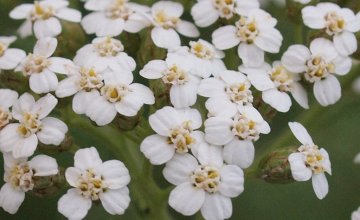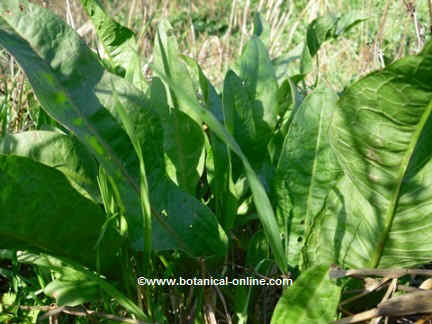Contents
BENEFITS OF BLADDER CHERRY
Medicinal properties of bladder cherry
- Urinary system: Physalis is especially beneficial in some genitourinary disorders, because it has the property of increasing diuresis since it contains vitamin C and vitamin A (as carotenoids). It also has physalins and citric acid, both substances with antibacterial action, also beneficial for the same purpose.
It is recommended for people with kidney infections, cystitis and other urinary tract inflammations (uretritis, pyelonephritis). Dioscorides already used these fruits to treat “urinary retention” or oliguria.

Photograph of the fruits of bladder cherrry (Physalis alkekengi) and the colorful “lanterns” that the chalice looks like. The fruits (red bumps) are delicious and edible, but the chalice, like the rest of the plant is toxic. Diuretic food: The diuretic properties of this berry are beneficial for people with fluid retention and cellulite. It is a beneficial dietary supplement for those with diseases in which it is recommended to increase diuresis, such as hyperuricemia, gout, unmedicated hypertension and edema.
- Constipation: Bladder cherry has a mild laxative effect due to its content of mucilage, which acts by stimulating the digestive system and can help treat occasional constipation.
- Source of antioxidants: many different Physalis species have been studied because of their antioxidant content. The alquequenje contains vitamin C, carotenoids and physalins, all substances with antioxidant power.
- Febrifuge: Different authors cite this berry for its antipyretic properties. Along with its antibacterial and antioxidant properties, it is a suitable food to help treat fever.
- Beneficial for the liver: This fruit contains three hepatoprotective components: vitamin C, zeaxanthin and luteolin. Physalis alkekengi properties are used to help treat jaundice.
- Beneficial for the eyes: Zeaxanthin and luteolin are adequate to protect the view, constituing a good remedy for diseases such as vision loss from macular degeneration, night blindness or cataracts.
Part of bladder cherry that are used
The fruits are consumed.
- Fruit oil: It is s the best way to take advantage of all the antioxidants in the berry.
- Juice: 30 to 60g. from fruits.
- Decoction: 15 to 30g. of fruits per liter.
- Wine is also prepared from this fruit
Food properties of alquequenje
The fruits of Physalis can be used in baking to decorate cakes. With fruits we can also prepare delicious jams.
Regarding to food, Physalis species most commonly used are:
- Peruvian cherry, (Physalis peruviana = Physalis edulis), also called cape gooseberry or uvilla. It is a plant that can reach one meter high. The fruits are yellow to purple surrounded by a cup-shaped lantern ocher with reddish edges and papery texture
Used to eat as dessert or in fresh fruit salads. It also appears in meat or seafood, in sweet desserts such as chocolate wraps. It is sometimes eaten as dried fruit.
Cherry Peru is especially rich in vitamin A as carotene and vitamin C, two powerful antioxidants. It also contains a lot of iron, phosphorus and fiber as pectin.
- Mexican husk tomato or tomatillo (Physalis ixocarpa = Physalis phyladelphyca), also called jamberry or miltomate because of the resemblance of this fruit with a tomato. They have a greenish yellow color and are enclosed within pale yellow shells.
In Mexico it is extensively used, although in the world, it is mainly used the Peruvian cherry. We can find abundantly in Mexican cuisine in dishes such as salads, enchiladas, jams and other fried, baked or stewed dishes,.
Mexican husk tomato is rich in vitamin A, vitamin C, potassium and niacin.
Toxicity of bladder cherry
Physalis Alkekengi, according to many authors, it is considered a toxic plant, like most Solanaceae. In this sense, we can say, such as with potato or tomato, the whole plant is poisonous except the ripe fruit. (We should note that the fruits, when they are green, they can be toxic)
Both the leaves and berries of this plant contain alkaloids and withanolides (physalins). The rhizome contains hygrine and tigloyloxytropane, two poisonous alkaloids. The stems are also considered toxic and contain a large amount of alkaloid solanine.
Therefore, other than fruit, the rest of the plant can only be used as a medicinal remedy when directed by the doctor or specialist. (Dry powder berry has been used as medicinal, but if not used in the right quantity, it is toxic. More than 5 grams per liter of water cause intoxication)
The side effects caused by the ingestion of this plant are manifested in the form of drunkenness, vomiting, intestinal acidity, stomach pain, kidney pain, inflammation of the urinary tract, etc.
![]() More information about bladder cherry.
More information about bladder cherry.

